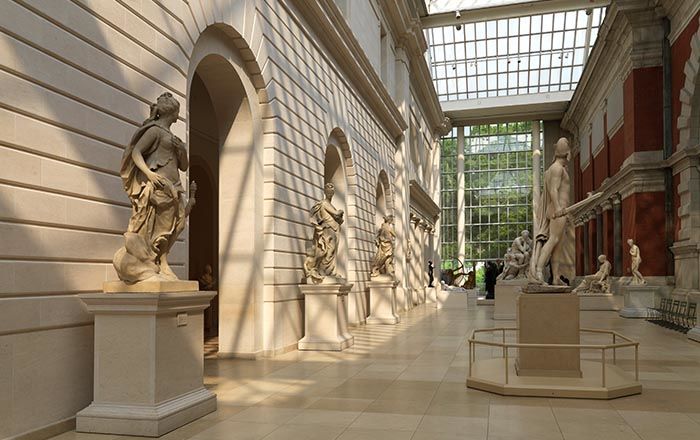Vinaigrette box
Not on view
This shell-shaped vinaigrette from the Reis collection is quite unusual in its form. Other than the anchor mark adopted by the assay office in Birmingham, there are no additional marks which would identify the maker and date of manufacture. A similar vinaigrette was made by Matthew Linwood (1754–1825) in 1813 which could suggest a possible manufacturer and date for The Met’s piece. A similarly unmarked scallop-shell vinaigrette, dated 1816-17, is in the collection of The Art Institute, Chicago.
A vinaigrette was intended to hold a tiny sponge dipped in aromatic vinegar. Its interior Is gilded to protect the silver from oxidation caused by the acidity of the vinegar. A hinged and decoratively pierced inner lid or grille, here consisting of scrolling and leaf-like decoration executed in filigree work, kept the sponge in place while its perforations allowed the odor to waft through. A whiff of the vinegar might revive someone from a fainting spell. Such vinaigrettes were worn around the neck, on a chatelaine suspended from the waist, or carried in a pocket.
This image cannot be enlarged, viewed at full screen, or downloaded.

